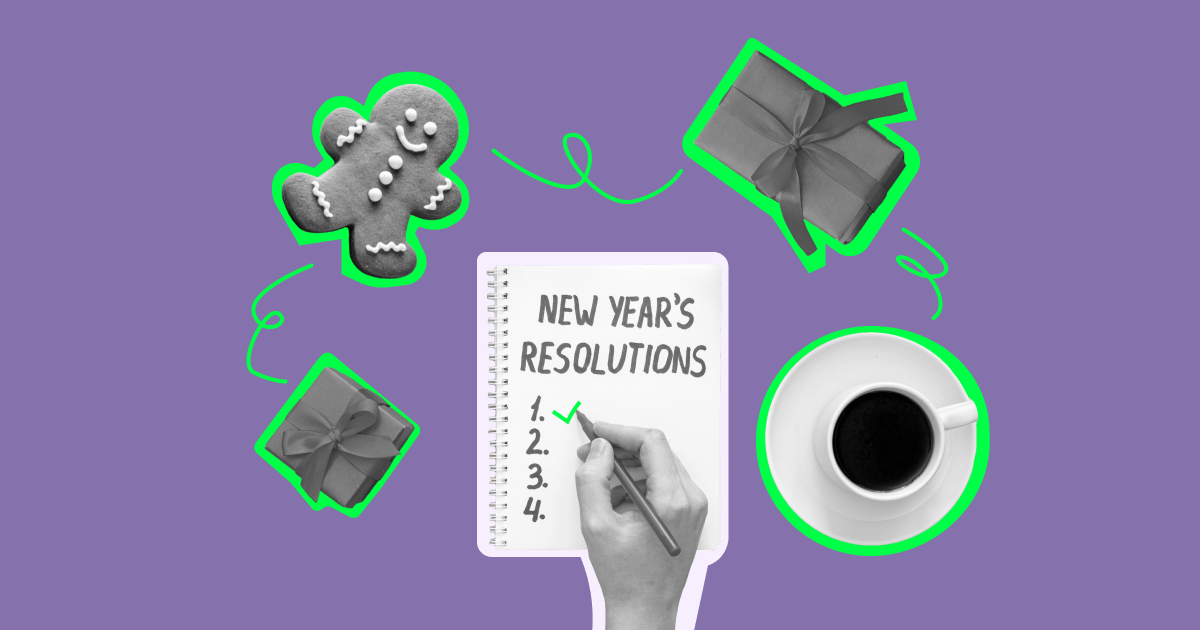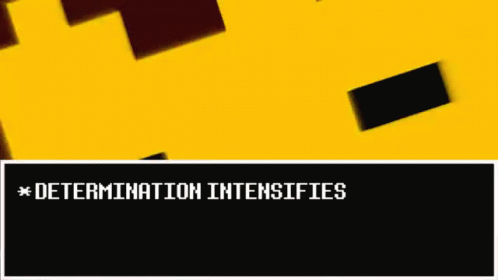Daria Zhuravleva
Selzy blog author
I think people fail New Year resolutions for two reasons. Firstly, they often treat this practice like manifesting, making a wishlist for the universe. For example, “I want a husband” is a wish but not a goal — getting into a relationship doesn’t 100% depend on your efforts. I see no problem with manifesting though, unless people mistake it for actual planning.
Another reason is that people ignore the context of their lives while making New Year resolutions. Starting something new almost always means giving up something old. For example, if you want to take up a new online course, you’ll have fewer free evenings for yourself to relax during the week. There is a price to every goal and people don’t take it into account.

































